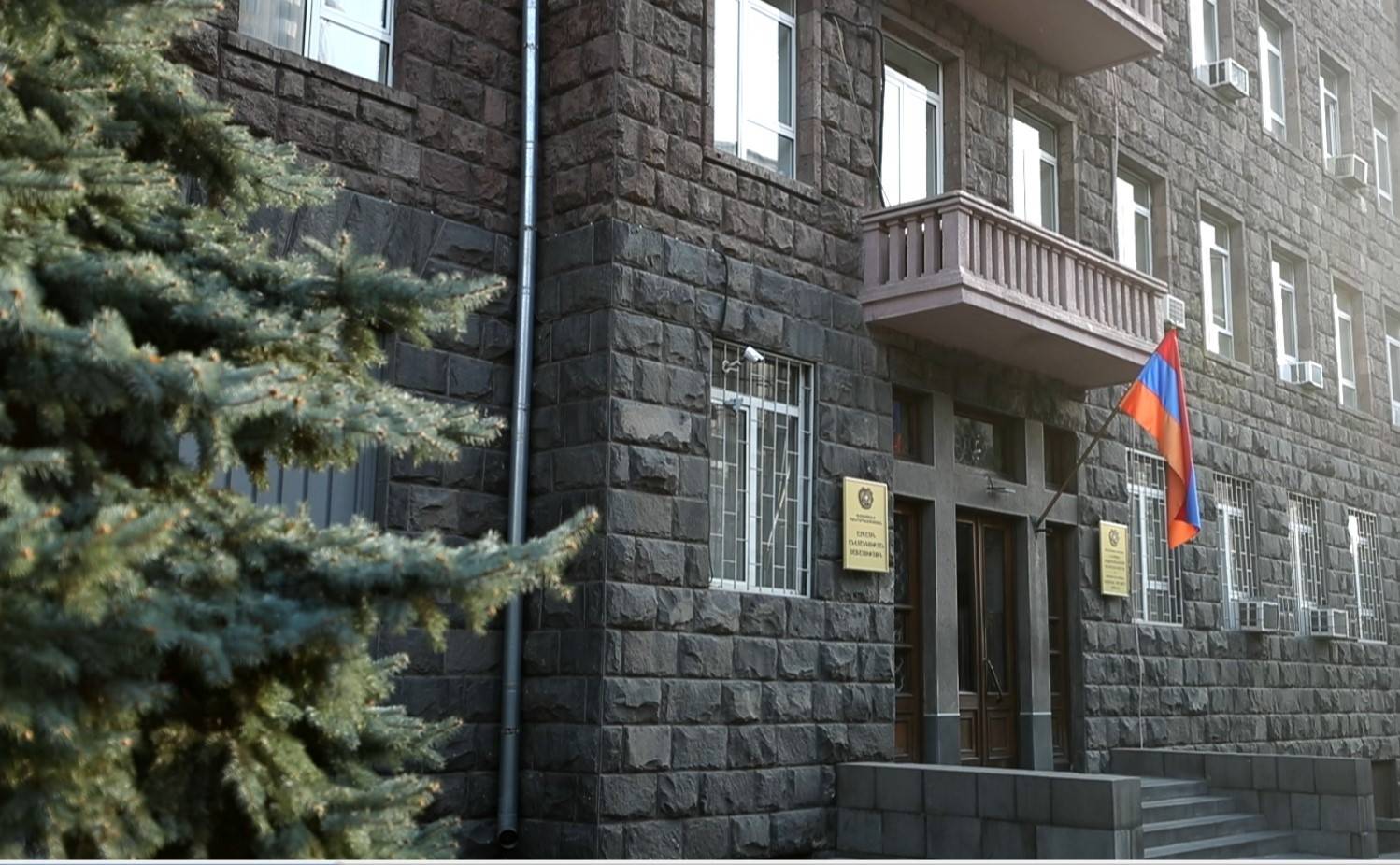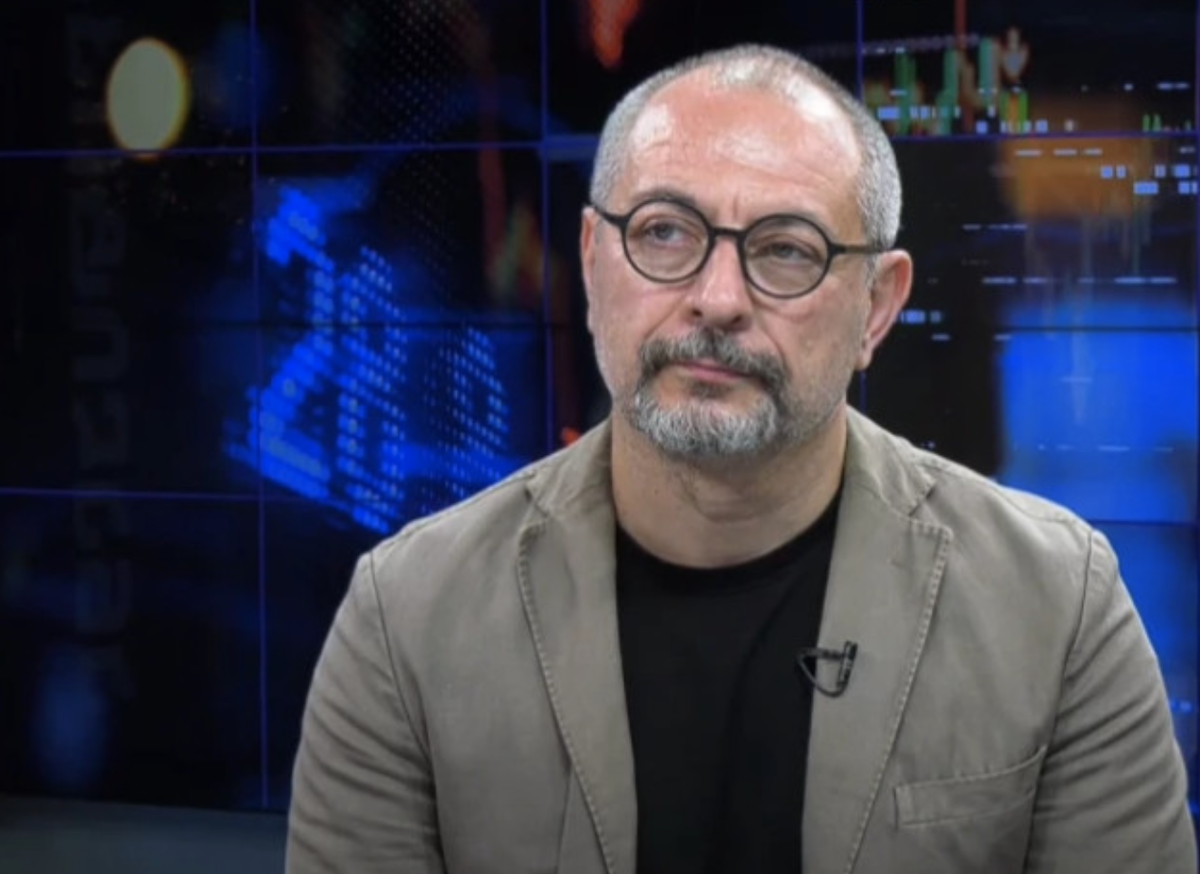The Field of Miracles in Abkhazia - Sukhum/i flea market
Anyone willing to trade can do so at Sukhum/i flea market – the only thing one needs is to pay a nominal ‘fee’ for a trade place and put things on an improvised counter. And it seems as if these items are being transformed here: what one could rightly consider to be junk, suddenly turns out to be a top-selling item or a collector’s lifelong dream.
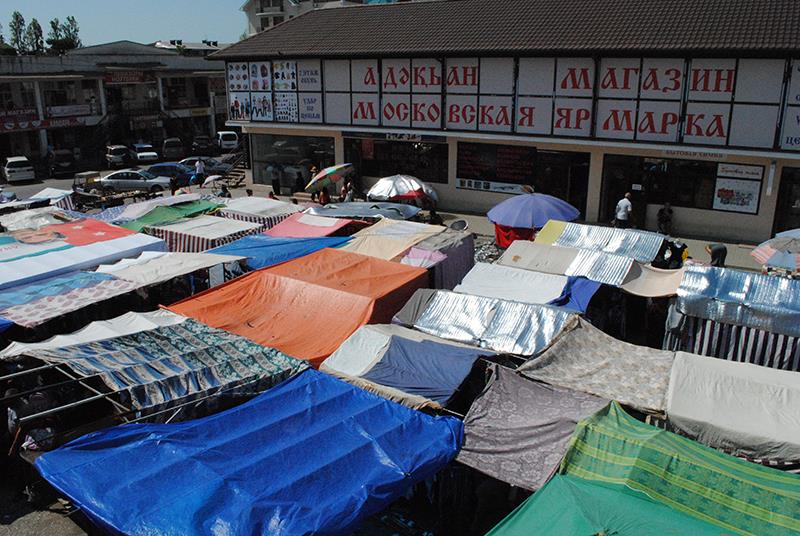
Of course, prices are negotiable here! But bargaining here is lacking that ease and play, typical for an oriental bazaars. That is because this market has its own bargaining strategy, which is as follows: both sides should necessarily make a poor mouth:
– I will pay you twenty, that’s all the money I have.
– No, let it be thirty, I haven’t paid the house rent for half a year.
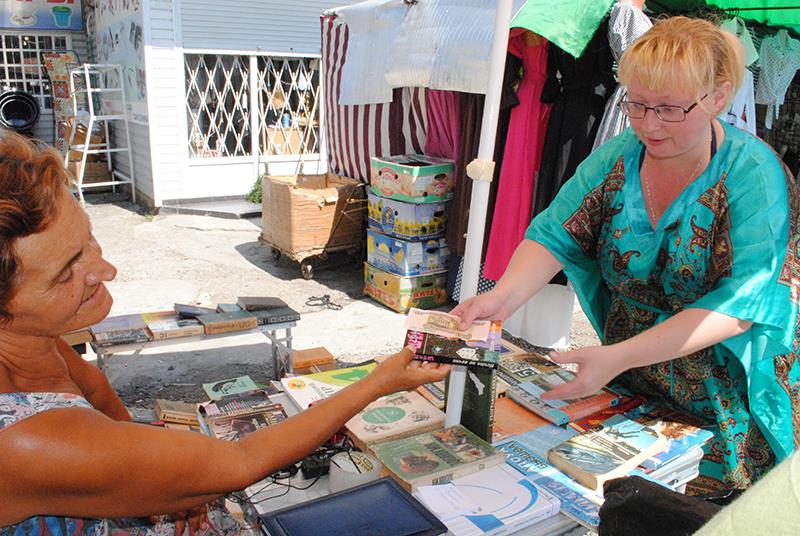
The required poverty degree could be achieved though dressing ‘according to the place.’ Let us explain: under the flea market’s tacit rules, both, a seller and a buyer, shall observe a certain poor man’s dress code. For more credibility, some even bring along the second pair of clothes – for example, an old crumpled hat and a threadbare coat. It is expected that ‘a poor look’ will attach more weight to one’s words when bargaining.

Alike the items, the ideas are also transformed at the flea market. For example, there is constant collision of mind sets about the market being cheap with the vendors’ personal view on the value of their goods.
A typical flea market vendor treats its assortment in an extremely personalized manner; he/she does not estrange from it, as it is the case in a shop or a commission store, that also sells used items. And any attempts to diminish the value of goods will inevitably cause protest:
– How much do you want for these cotton pants?
– I’m charging high price for it.
– How much?
– 150.
– It’s market, isn’t it!
– What?
– What about 100? It’s market, isn’t it!
– I can’t spare for 100.
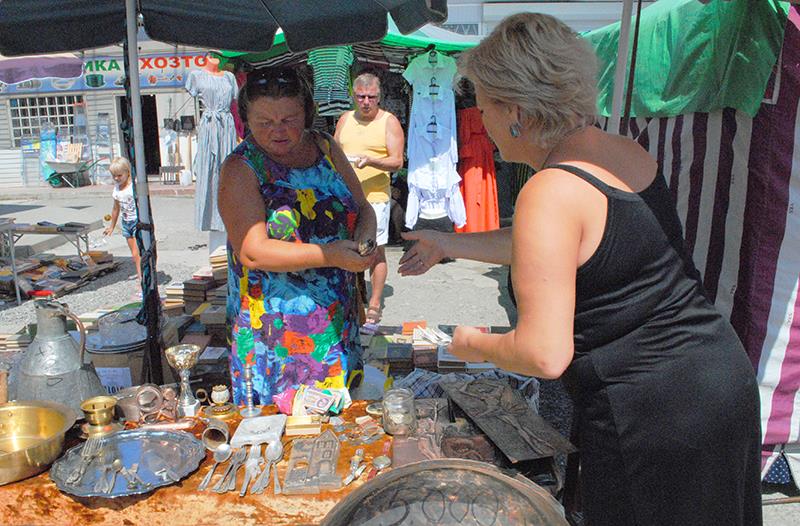
Perhaps due to all these wonderful transformations, Sukhum/i flea market is often referred to as the Field of Miracles. One of the local vendors has reminded me that a term ‘flea’ came from France. Several centuries ago, ragmen gathered in the vicinity of Paris and traded in cheap second-hand clothes, that were often infested with fleas.
Foreign tourists are the customary clients of the flea market. There are fewer local ‘junk’ lovers there. Yet, the public is still very diverse; one can meet everyone here – be it pensioners, who wandered in to get some cheap clothes; or young intellectuals, looking for rare editions; fashionmongers, buying vintage handbags, rare books, jewellery.
There are lots of old books and postcards. But fewer people sell their own books from home libraries. This is basically a resale. Galina Kolesnikova has been selling books at the flea market since 1998. ‘At the very beginning of my work here, I was once selling a book at 20 rubles, not actually knowing its true value. A man came up and asked the price, and when I told him how much it cost, he took US$ 100 and gave them to me, saying that book was much more expensive. I do not remember the author’s name, but it was an old edition, 1879,’- says Galina Sergeevna.
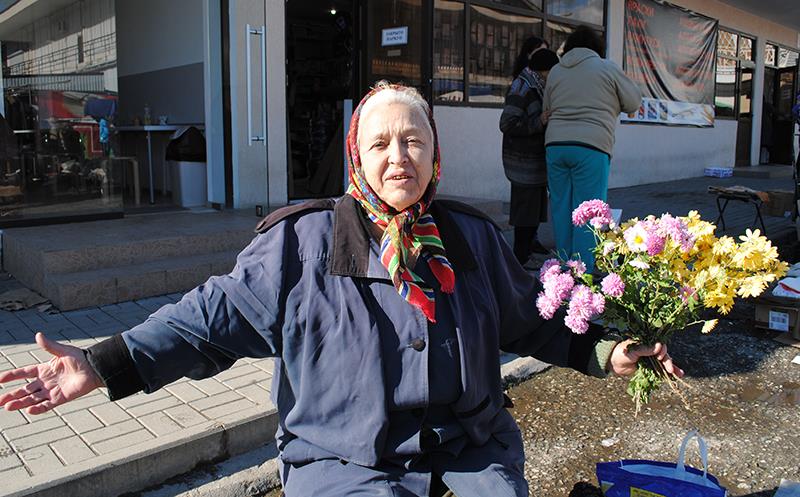
Lena Lazinskaya came to the flea market 20 years ago, immediately after the war. She was in need and somehow had to feed her children. ‘One won’t earn much, but will have lively time here. I sell less expensive books; the prices vary from 20 to 200 rubles. People, who come here are mainly adults, who look at these books and recall their youth. It is very interesting to communicate with them,’ – says Lena.
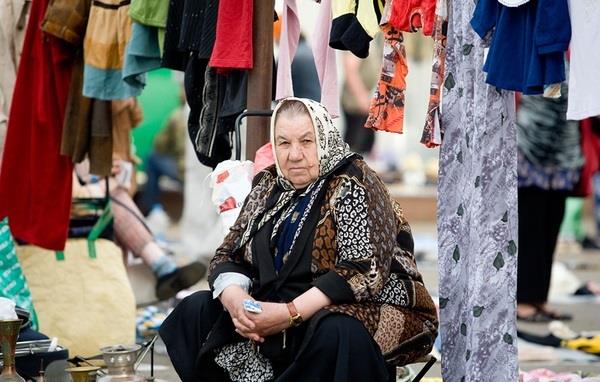
Money is also sold at the market. For example, this Soviet money, that has already become an antiquity. Its owner said, she had found it quite by accident, among her aunt’s belongings. By the way, money is quite expensive now.
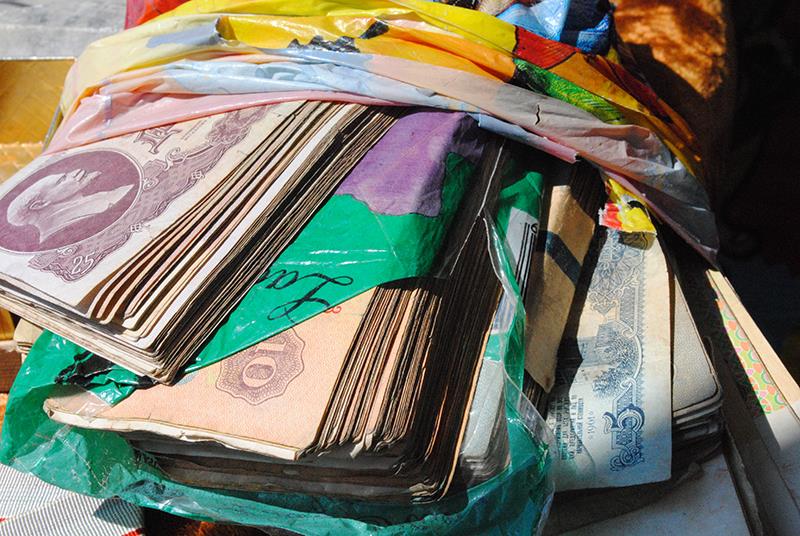
Any old item is likely to be in demand, even if it doesn’t work any longer. The thing is that vintage is in fashion, it is highly valued. But vintage items are, as a rule, neighboring the new items and the expensive ones – the cheap items. Under the flea market rules, along with expensive items, at each tray there should be items at affordable prices as well.
Having wandered around a little bit longer, one can find some noble antiquity as well. For example, such a wooden bowl. It is a unique handicraft and a very delicate work – look, what a pattern! It seems, I am going to become a buyer!
‘Where is this beauty from?’ – I am asking the counter owner.
‘You can’t imagine how many valuable items our people just throw away when freeing attics and closets – he responds, ‘in the garbage one may come across a museum item of the 18-19th century. ‘
I’m not surprised at all, this is another transformation of useless junk into a wonderful item. I have already realized that it’s a commonplace here.










